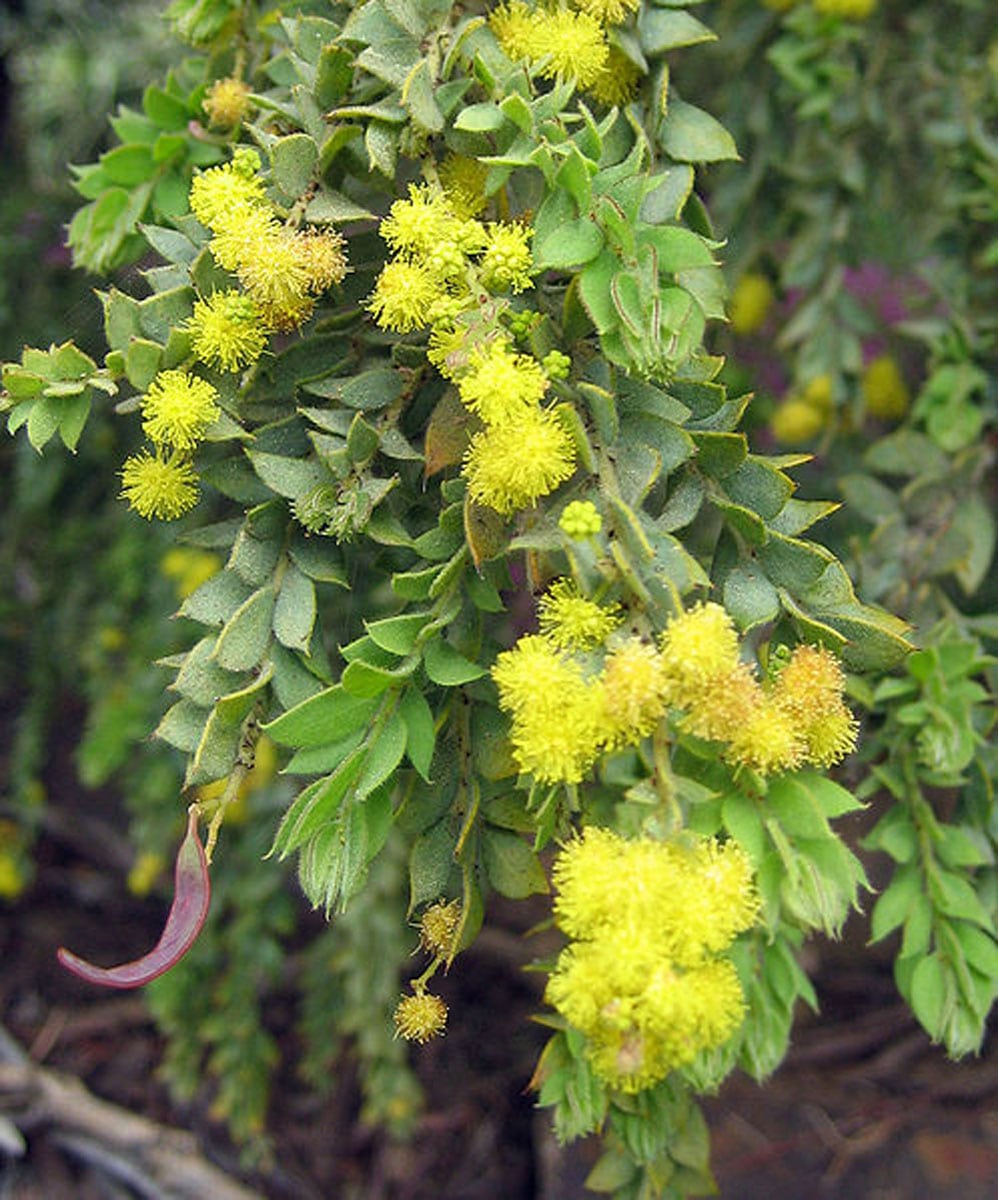Knifeleaf Tree Care – Learn How To Grow Knifeleaf Acacia Trees


Acacias are one of the wonders of the savannah. In Australia, these magnificent plants are called "wattle" and Knifeleaf acacia trees are an outstanding example of native flora. It is such an attractive plant that many gardeners are growing Knifeleaf wattle as an ornamental. Some background on the tree will help you decide if the plant is right for your landscape.
What is a Knifeleaf Acacia?
Scented blooms; lovely, blue-green leaves; and statuesque appeal characterize Knifeleaf acacia (Acacia cultriformis). What is a Knifeleaf acacia? It is an arid, warm zone plant in the legume family that can fix nitrogen in soil. Additionally, the trees are easy to grow, have lasting appeal and Knifeleaf tree care is uncomplicated in appropriate sites. Knifeleaf acacia is a small tree or bush that can achieve between 10 and 20 feet (3 to 6 m.) in height with a rounded to vase-like form. The name for the plant comes from the pointed leaves, which resemble the blade on a small dagger. Actually, the leaves are technically modified foliage called phyllodes. It has numerous branches decorated with dark brown bark. The flowers are fragrant, bright yellow and look a bit like tiny pompoms. As a legume, acacia produces pods that are 1.5 inches (4 cm.) long and become dry and leathery over time.
How to Grow Knifeleaf Acacia
The plant is suitable for USDA zones 9 to 10. It needs full sun in clay, sand, or loam and tolerates either slightly alkaline or acidic soils. The key element is that the soil drains very well, as the plants are not tolerant of soggy roots for long periods. In fact, this is a very drought tolerant plant once established. Gardeners with deer problems might try growing Knifeleaf wattle, as it is not on those browsers' menu. Knifeleaf acacia trees grow slowly and can survive for up to 50 years. The fruit may become a nuisance, but they are very ornamental when attached to the tree.
Knifeleaf Tree Care
This is a very uncomplicated plant. Young trees will need supplemental water until they establish a good root zone. Thereafter, water plants during the hottest periods but allow the soil to dry out before irrigating anew. They do not need much fertilizer, as they draw nitrogen from the air and store it in their roots. Knifeleaf acacia doesn't need pruning either but is tolerant of some trimming to keep it in a tidy habit and out of the way of paths. It makes an interesting screen or hedge and has several seasons of interest, making it well worth growing in arid, warm areas. As an added bonus, birds and pollinators are very attracted to the flowers and fruits.
Sign up for the Gardening Know How newsletter today and receive a free copy of our e-book "How to Grow Delicious Tomatoes".

Bonnie Grant is a professional landscaper with a Certification in Urban Gardening. She has been gardening and writing for 15 years. A former professional chef, she has a passion for edible landscaping.